Best space books for kids 2022: Educational books and fun stories for kids and teens
Our picks for the best space books for kids will add science and diverse titles to youngsters' libraries.
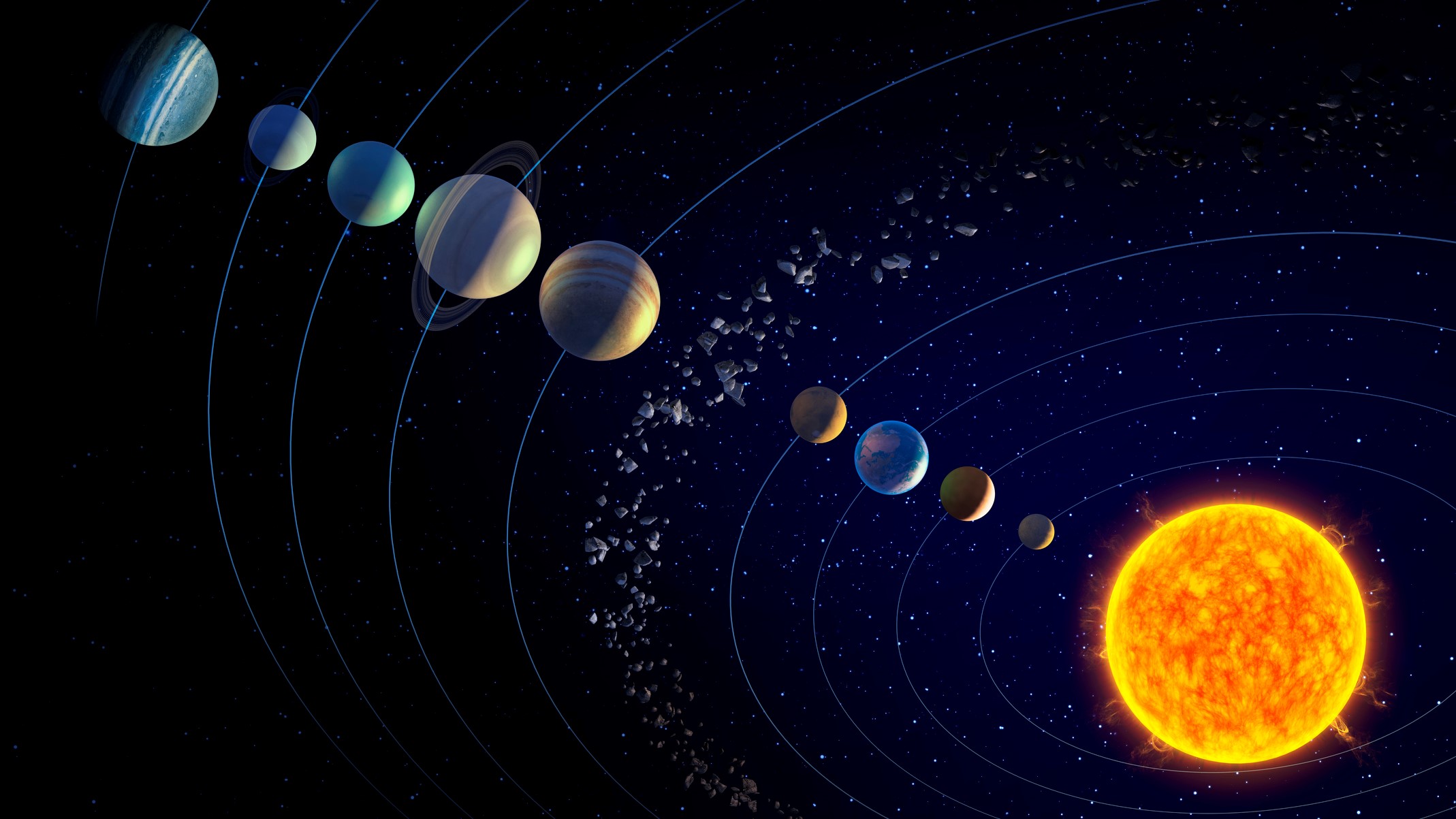
The best space books for kids and teenagers will embrace a number of themes. We've picked some of the top sellers and most representative titles to add to your library.
Parents and caregivers will like the emphasis on STEM (science, technology, engineering and math) along with these books' encouragement of diverse themes. Kids will also like learning about these things, while enjoying illustrations and in some cases, building up their literacy skills by reading about space topics they enjoy.
We've picked the best space books for kids that have come up recently. Some of these books are science fiction, while others are focused more on biographies or activities. The goal is to give your teens and kids several entry points into space to see where their interests will lead them next.
Embedded in these books will be a few things that long-time space explorers will appreciate. There are references to what being a planet means, which is relevant for fans of Pluto. There are tales of interesting people who made a difference despite systemic obstacles, including the Mercury 13 or the Hidden Figures. There are also wonderful space images taken from Earth or from other celestial locations, showcasing the beauty of our universe to those that are open to seeing it.
We hope that these books will encourage your kid or teen to keep reading and to keep learning about STEM topics that have meaning to them. Many of us at Space.com first got interested in space when we were quite young, so we know the power of a good story in bringing new people into the field. Good luck!
And for adults or older teens looking for something more age appropriate for themselves, we've also gout our guides to the best astronomy books and the best sci-fi books.
Best space books for kids 2022
Why you can trust Space.com
Best space books for children (12 and under)
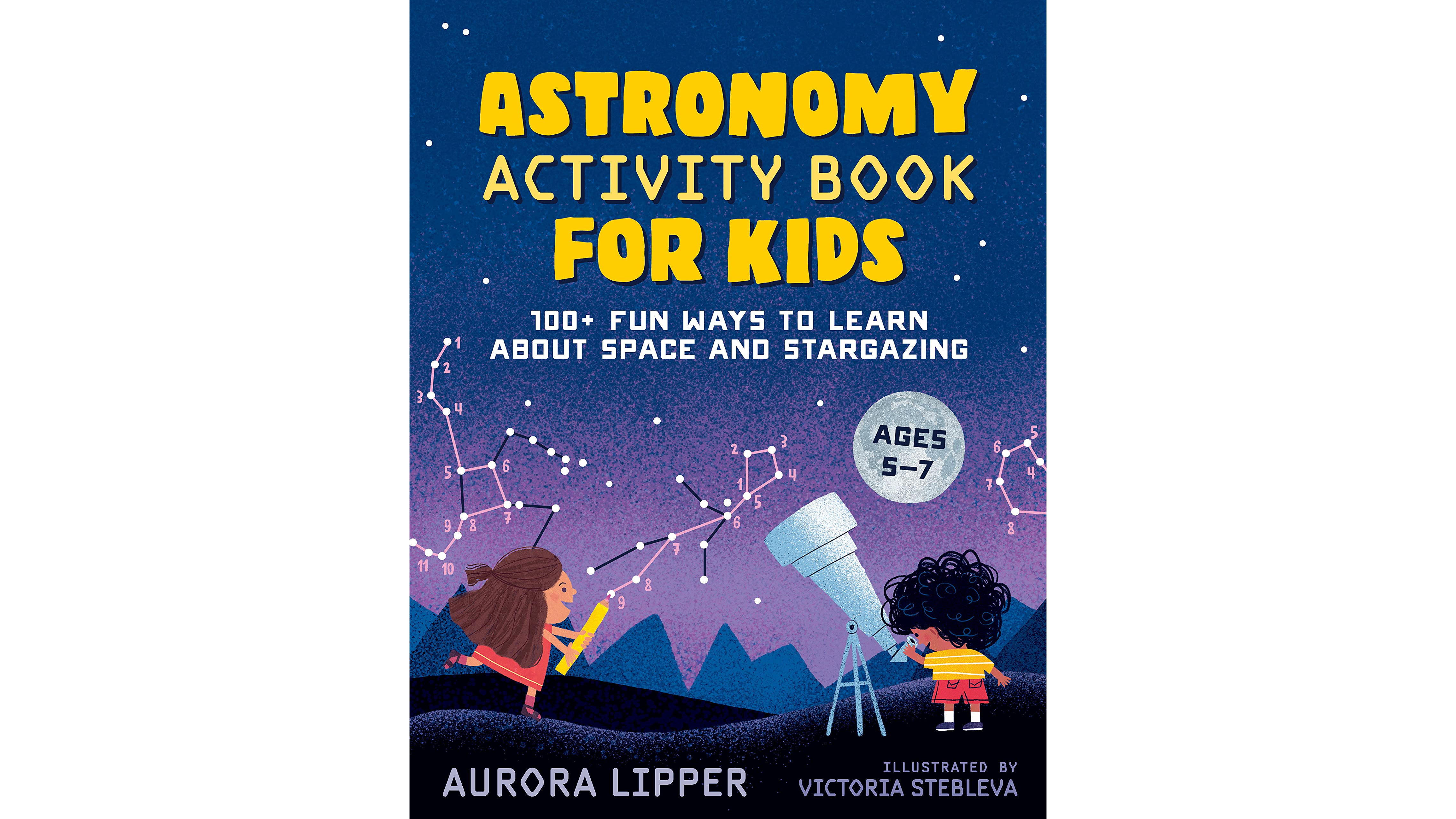
1. Astronomy Activity Book For Kids
Specifications
Reasons to buy
Reasons to avoid
Aimed at ages 5 to 7, this book by a former NASA scientist gives kids an excellent introduction to the sky. They'll learn about planets, constellations and other big targets. Learning is reinforced through engaging STEM (science, technology, engineering and math) activities that are kid-friendly.
The book is also richly illustrated, which may help younger readers who may not be comfortable with all the terminology. With an astounding 160 pages available, youngsters will finish this book being able to find at least some things in the night sky. They also will have a handy entry point for more research, especially because the book includes a list of resources at the end, such as kid-friendly educational videos.
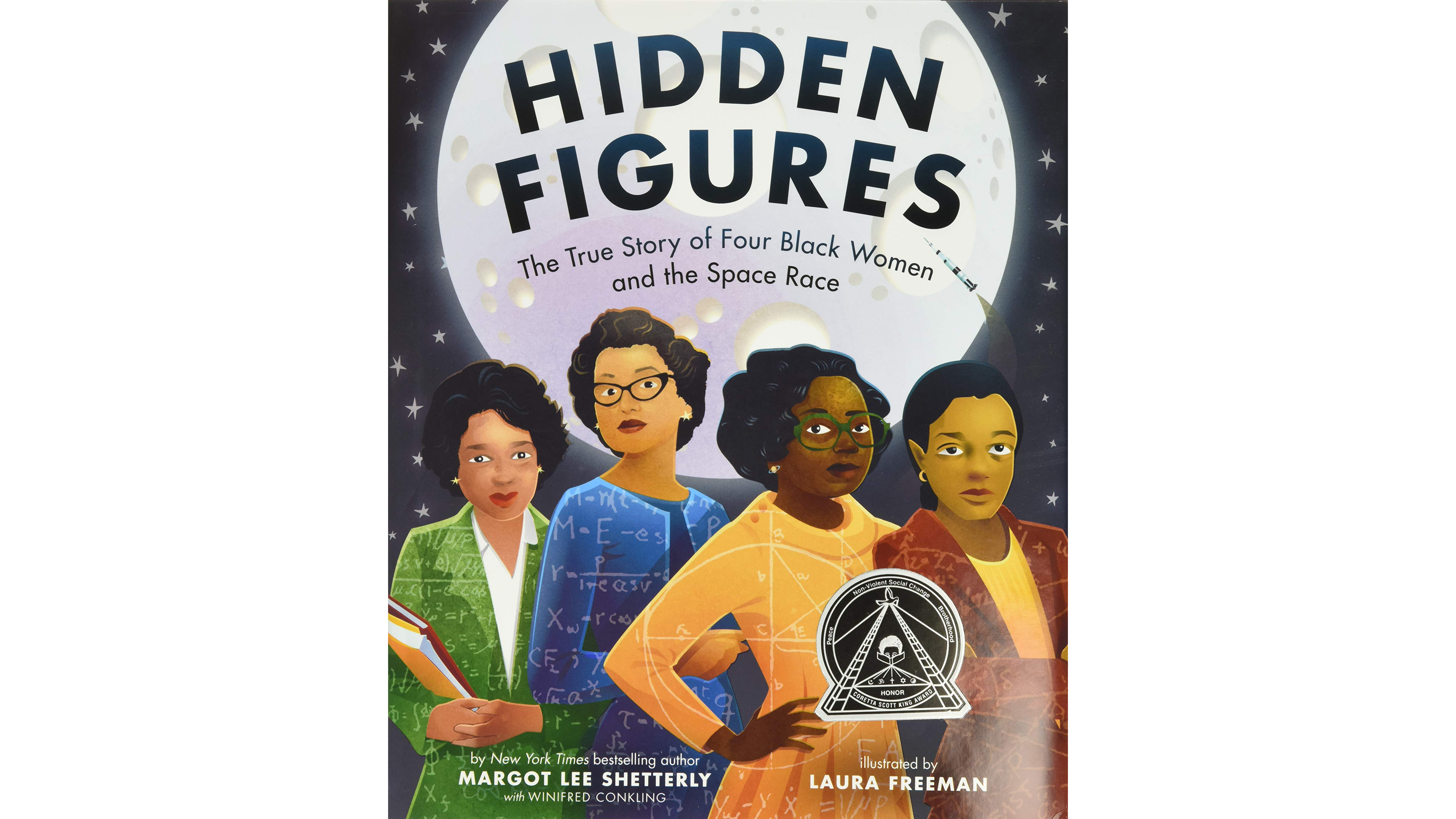
2. Hidden Figures
Specifications
Reasons to buy
Reasons to avoid
Aimed at ages 4 to 8, this book is a simplified and richly illustrated version of the "Hidden Figures" story that has also appeared in Hollywood and in a bestselling adult's book. The book features the biographies of four Black women who worked at NASA during the early 1960s, facing barriers such as segregation and sexism to help the astronauts of the time land on the moon.
The book is an example of how people behind the scenes can make a difference, but also serves as a good point of discussion for equity, diversity and inclusion in young audiences. While the book is more biographically focused and has less of a storytelling aspect, the four women themselves are good examples of how diversity can make a difference in space exploration and science fields.
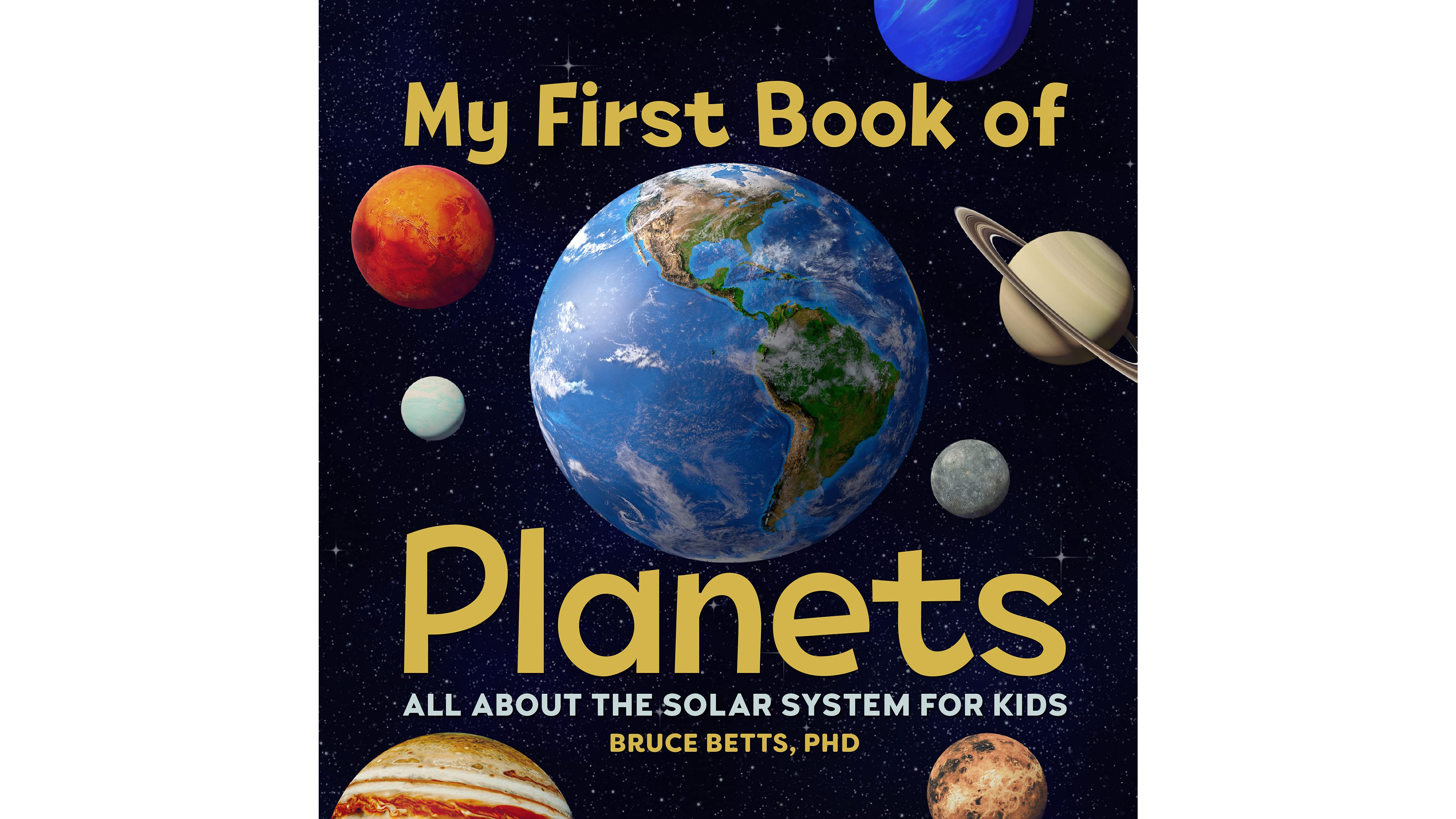
3. My First Book of Planets
Specifications
Reasons to buy
Reasons to avoid
Aimed at ages 3 to 5, this book serves as an up-to-date introduction on the planets of our solar system. Some readers may be unhappy that Pluto is officially designated not a planet, which doesn't fit the view of all astronomers. But overall, the book has a rich diversity of solar system worlds, including dwarf planets.
At times, the illustrations may fall a little short of expected, but they do perfectly complement the facts. Even the youngest children will be able to remember interesting information about the worlds around us, thanks to this book. Overall, the book serves as a great jumping-off point for curious kids looking to learn more about the universe, and is a perfect introduction to astronomy and science.

4. Gutsy Girls Go For Science: Astronauts
Specifications
Reasons to buy
Reasons to avoid
Aimed at kids aged 8 to 11, your hands-on youngsters will appreciate this book filled with STEM activities. This book is part of a larger series focused on females in fields such as engineering and coding. This particular edition focuses on astronauts, showing the types of science this profession demands in orbit. Best yet, the kids get to try out simplified versions of the science themselves.
While the book only focuses on a few individuals, it does illustrate the roles of astronauts of multiple genders and how they contribute to space exploration. QR codes will help kids step off into their own exploration by viewing TEDx talks or other videos that are on similar science topics to what is contained in the book.
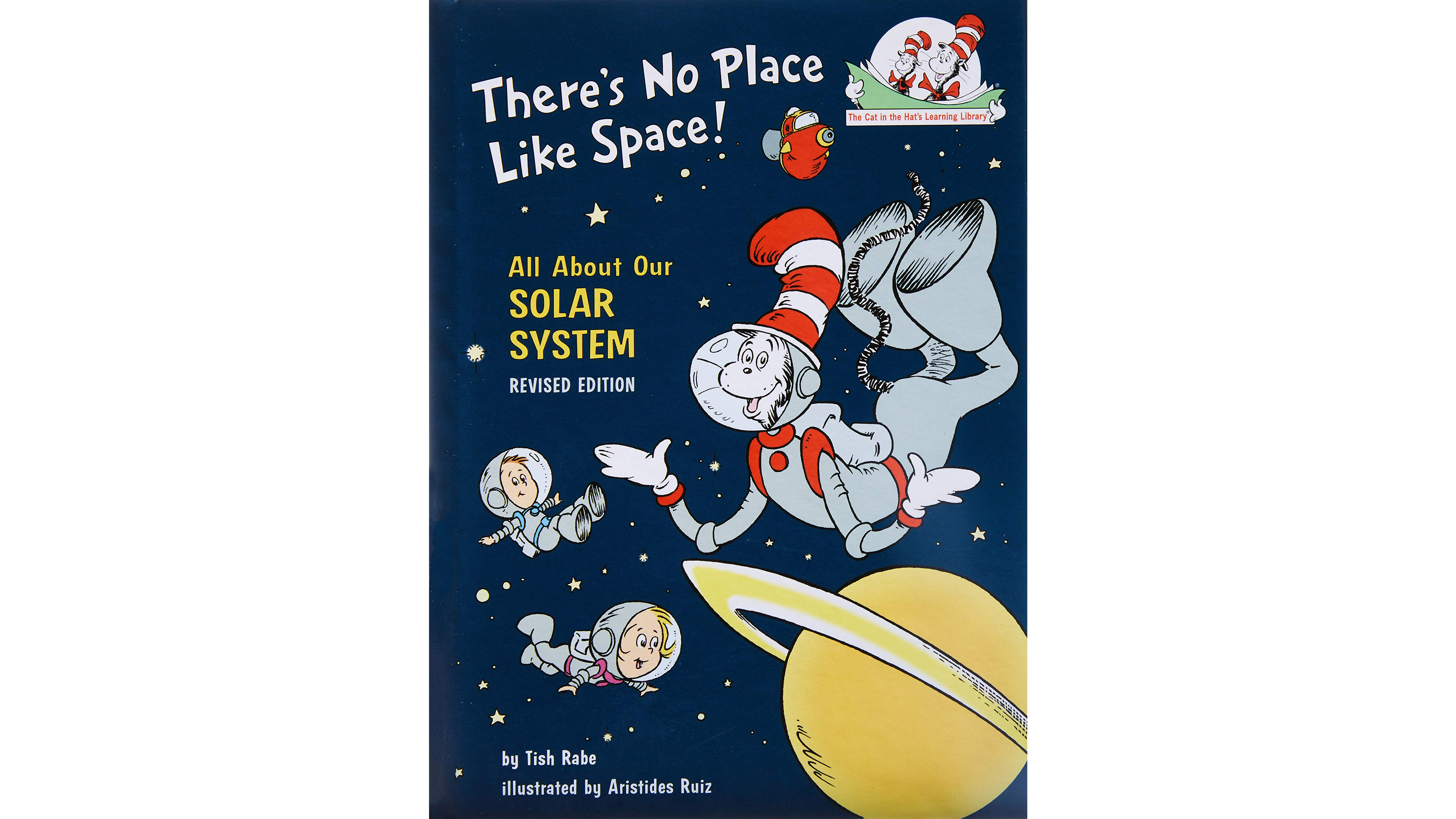
5. There's No Place Like Space
Specifications
Reasons to buy
Reasons to avoid
Aimed at "beginning readers" aged 5 to 8, parents (and kids) who enjoy Dr. Seuss stories will appreciate this entry about planets. The book goes over what the authors deem to be the eight planets of our solar system, so just be aware that kids who know about Pluto's planet debate will have some questions to ask you.
The book's age shows at times, including a rude joke about Uranus that today's children may feel uncomfortable with repeating. But the elements of Dr. Seuss are otherwise timeless, with the rich illustrations, the interesting characters, and the tongue-twisting rhymes that will leave you and your child laughing as you move through them.
Best space books for teens (13 to 17)

1. Women in Space
Specifications
Reasons to buy
Reasons to avoid
Aimed at ages 12 and up, this comprehensive set of 23 female biographies profiles women who have worked in space or who have done a lot to support its exploration. Readers looking to learn more about the Mercury 13, or who want to read about female firsts in countries around the world, will greatly enjoy this book.
While illustrations are small and the text at times tilts a little hard at sexism, it does showcase the reality and the difficulties of the early female space explorers. Readers interested in fields ranging from the sciences to engineering will also get inspired, as the book talks a little about the work these women did in space to advance these fields.
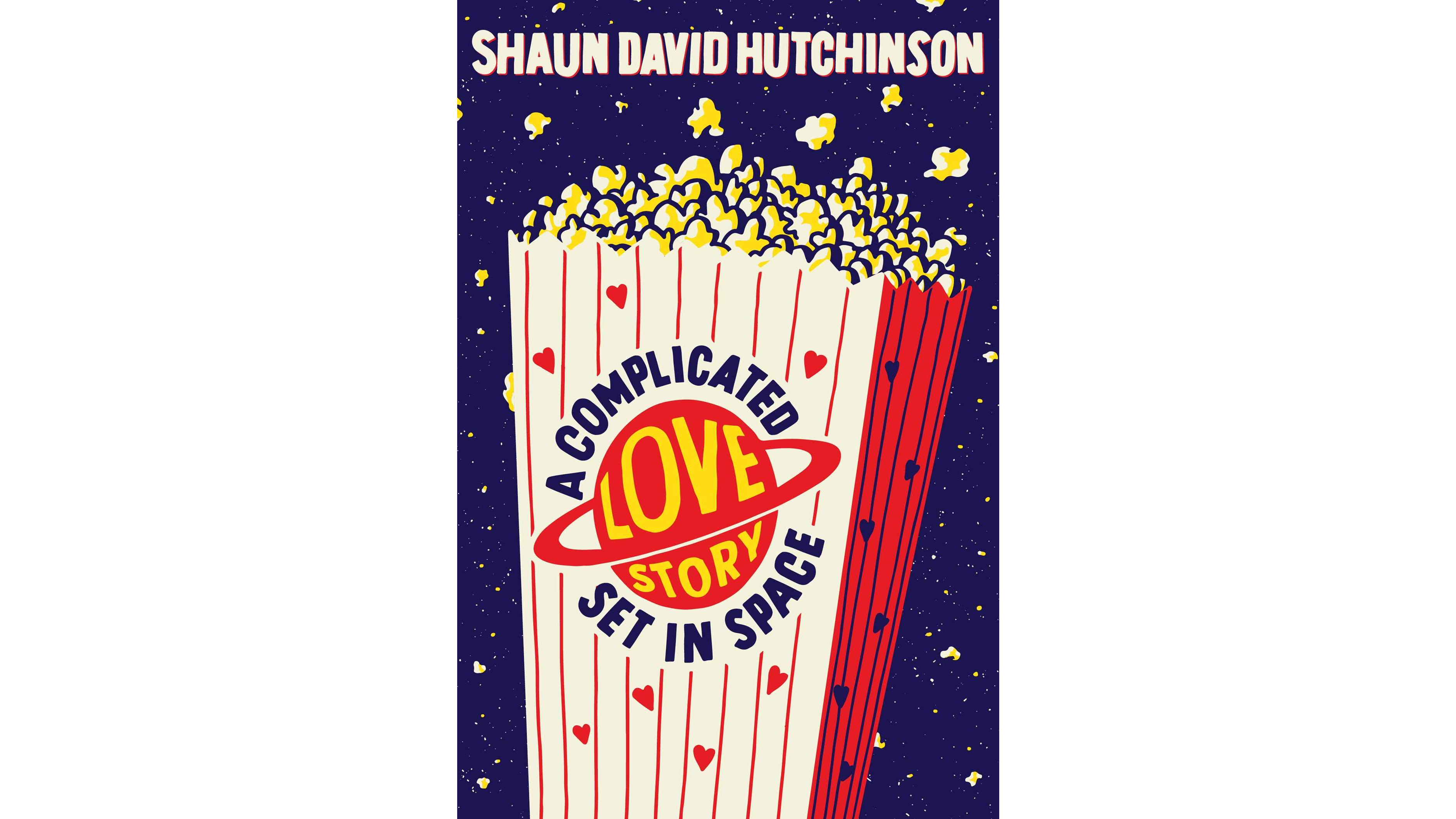
2. A Complicated Love Story Set in Space
Specifications
Reasons to buy
Reasons to avoid
Aimed at ages 14 and up, this book quickly brings you into a teenaged romance between boys that takes place shortly after a disaster in space. The three main characters are very believable adolescents and often, readers say that their main complaint is they want to learn more about what happened after the events of the book.
With authenticity at its core, and space as a stunning backdrop, the story is a great exploration into what it means to be growing up amid adverse circumstances. While we at times have less about space and more about plot, after all, this is a fiction novel. At 400 pages, happily, we'll get a chance to ride along with these characters for a while.
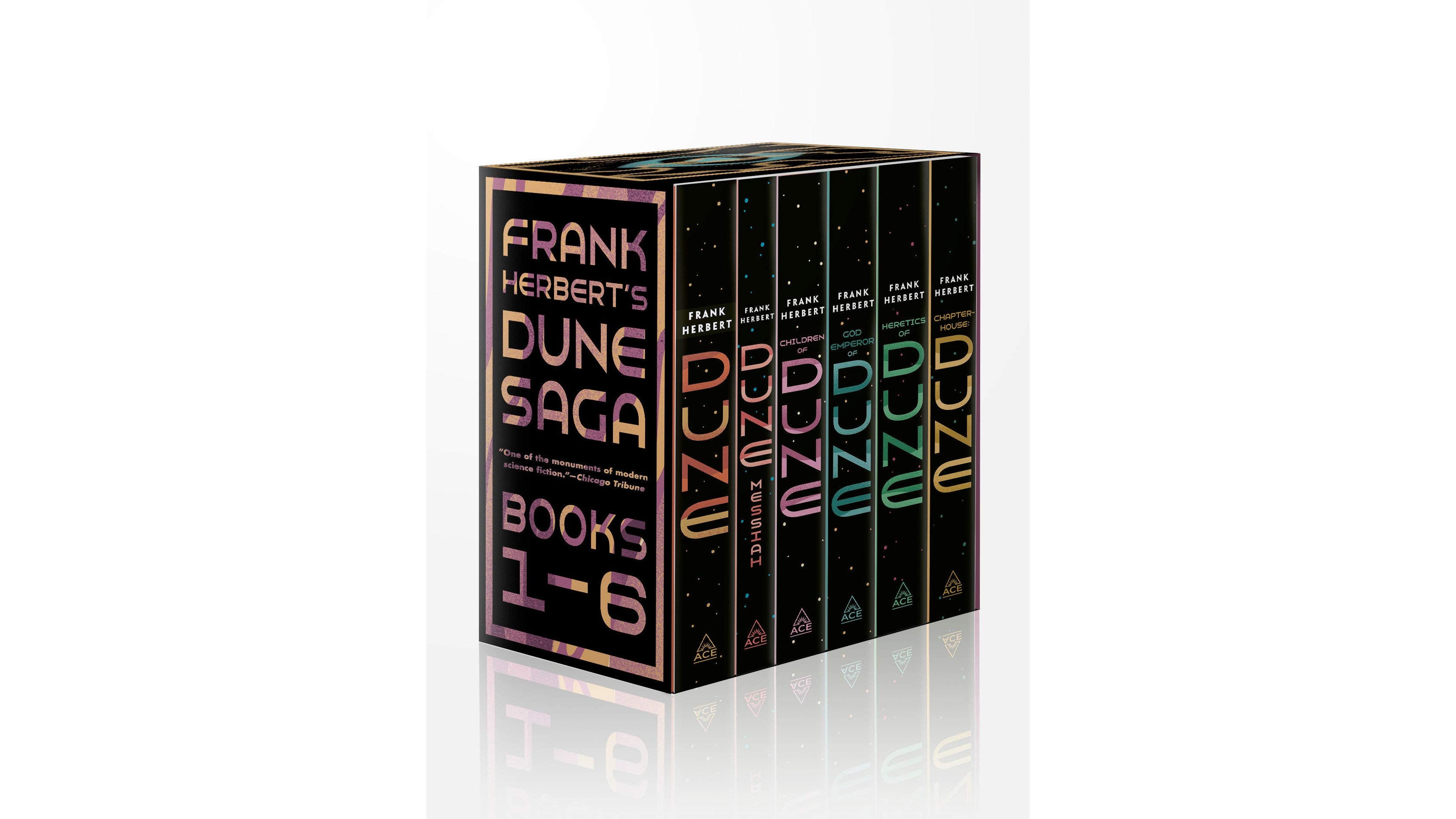
3. Frank Herbert's Dune Saga 6-Book Boxed Set
Specifications
Reasons to buy
Reasons to avoid
Aimed at teenagers about 14 or 15 and older, "Dune" is of course a classic series now going through its third generation of readers. Fans of the 2021 movie, or any of the comic books or other presentations of the story, will appreciate the chance to dive into the story in detail. Given the price of this set, though, you may want to invest in one book at a time to pace out your spending.
"Dune" is a remarkably prescient book for its time, given it was written in 1965. Some readers may find dated elements to it, but the experience of being a teenager in a complex world still has a lot of resonance today. Today's teenagers will also appreciate the efforts at equity, diversity and inclusion that the young protagonist seeks, even when other forces are against him.
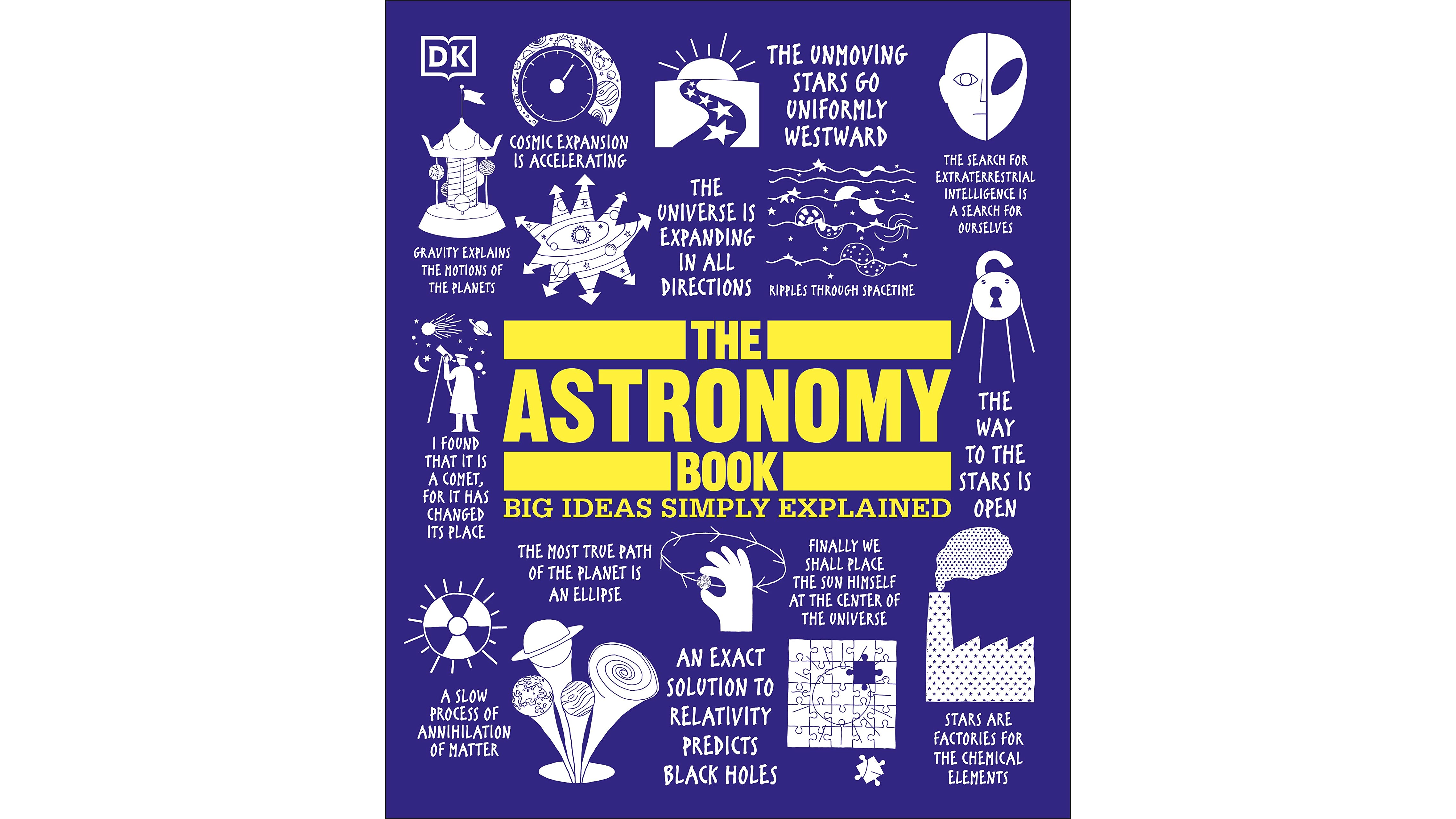
4. The Astronomy Book
Specifications
Reasons to buy
Reasons to avoid
Aimed at young adults, this book aims to capture a breadth of topics about astronomy and the universe in which we live. While much of the book is a history of where we got today, it is a richly illustrated journey with pictures, flow charts, fact boxes and other elements to keep today's multimedia generation engaged.
The biographies, of which there are many, at least highlight people of multiple genders contributing to astronomical discoveries. The book also isn't afraid to dive into the big debates of our era, whether it be how the Big Bang kickstarted the universe or what the real definition of a planet should be.
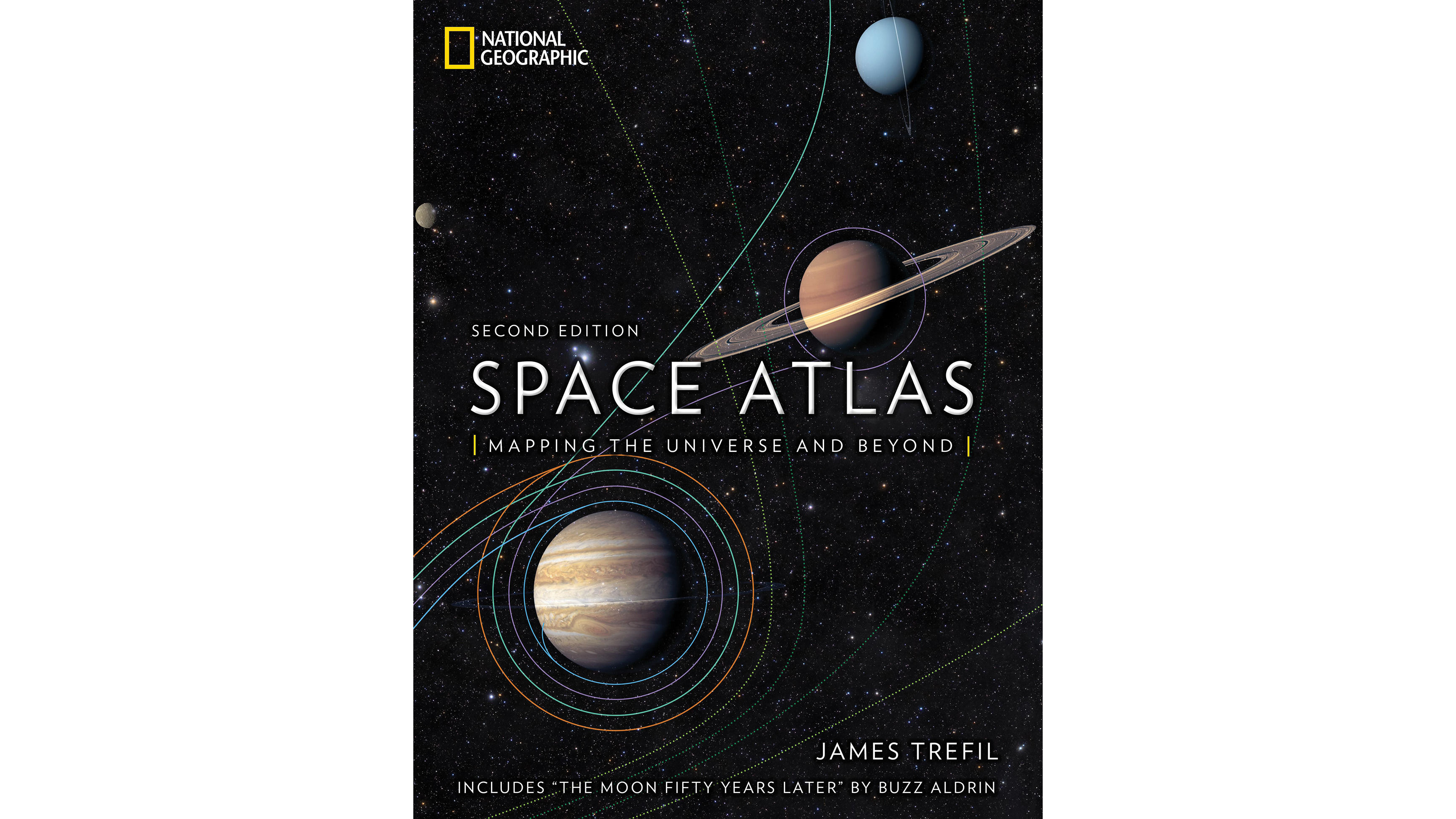
5. Space Atlas, Second Edition
Specifications
Reasons to buy
Reasons to avoid
For young readers and some adults, this book is a lovely tour through our solar system through the eyes of telescopes, spacecraft and other cosmic visitors. You'll get a brief, but excellent tour of topics from planets to galaxies. The pictures are second to none, and the information serves as a guide to learn more.
Advanced readers will enjoy this book best, although they may find that they don't get as deep a dive on the topic as they wish. The book, however, does seek to touch on many topics, which means you can use each section as a further reading guide to figure out more about our fascinating universe.
How we test
While we haven't reviewed the books you see in this guide, here at space.com we have a great passion for space and we're also ardent readers. We have read some of the books you see above and we wouldn't recommend anything in this guide that we didn't think was worthy of its place, or suitable for kids.
We've considered a range of factors including the contents of the book, the color and illustrations it offers, how challenging it is to read and if we think children will enjoy it or not.
Recent updates
Follow us @Spacedotcom, Facebook and Google+.
Join our Space Forums to keep talking space on the latest missions, night sky and more! And if you have a news tip, correction or comment, let us know at: community@space.com.
Get the Space.com Newsletter
Breaking space news, the latest updates on rocket launches, skywatching events and more!

Elizabeth Howell (she/her), Ph.D., was a staff writer in the spaceflight channel between 2022 and 2024 specializing in Canadian space news. She was contributing writer for Space.com for 10 years from 2012 to 2024. Elizabeth's reporting includes multiple exclusives with the White House, leading world coverage about a lost-and-found space tomato on the International Space Station, witnessing five human spaceflight launches on two continents, flying parabolic, working inside a spacesuit, and participating in a simulated Mars mission. Her latest book, "Why Am I Taller?" (ECW Press, 2022) is co-written with astronaut Dave Williams.








